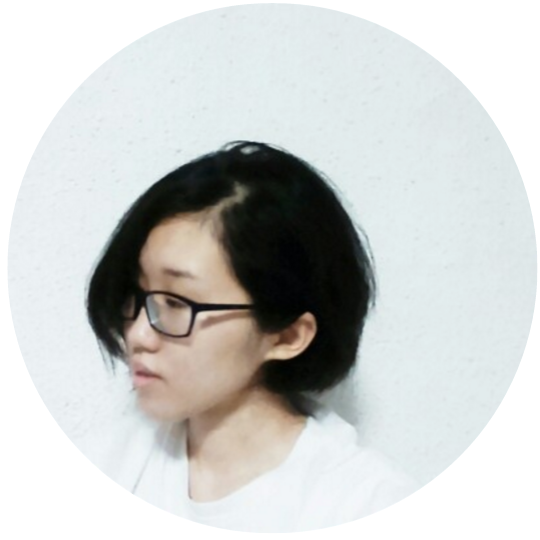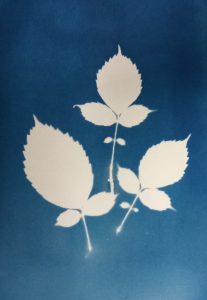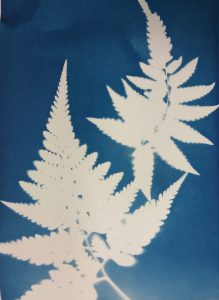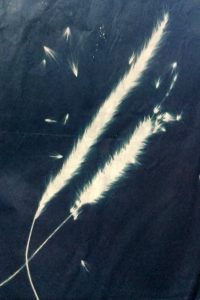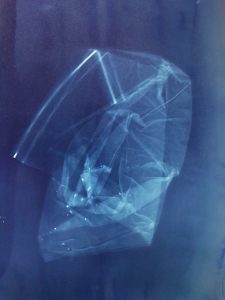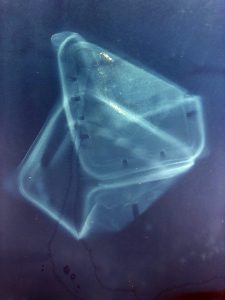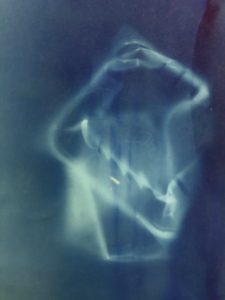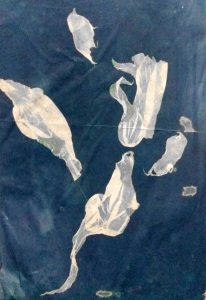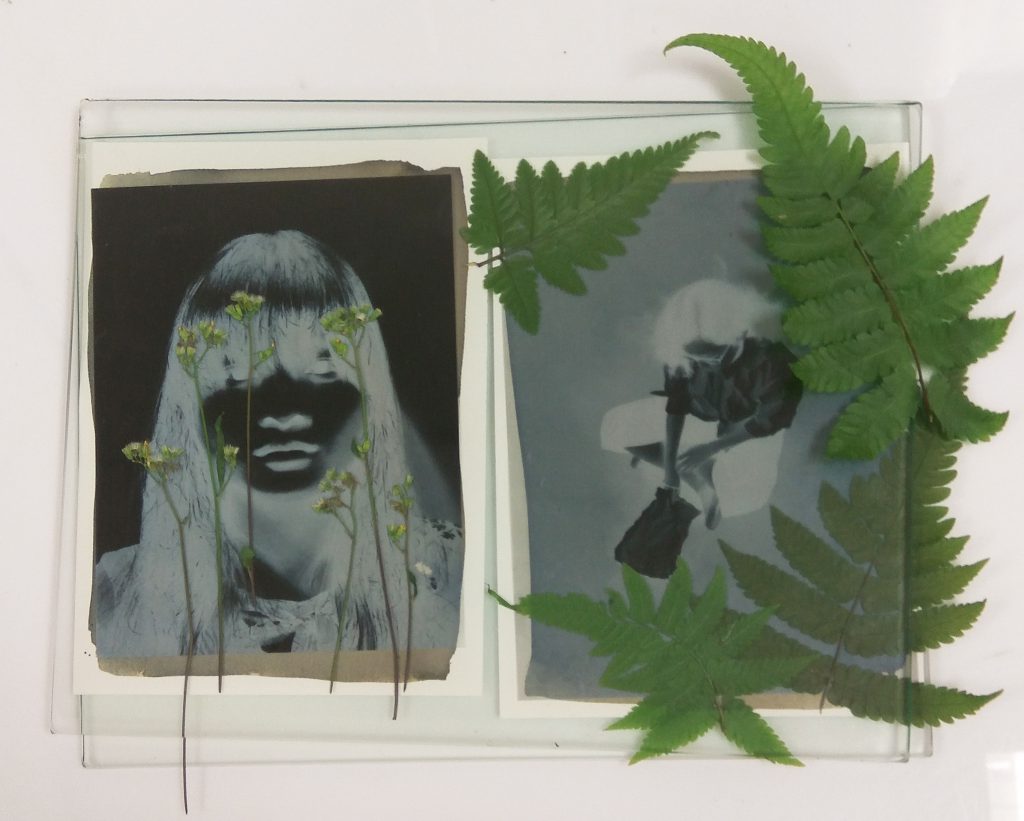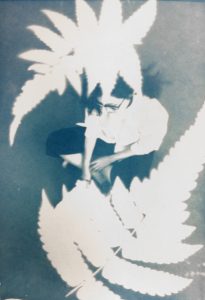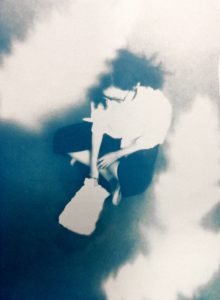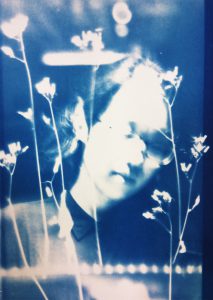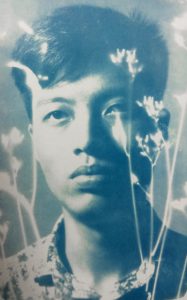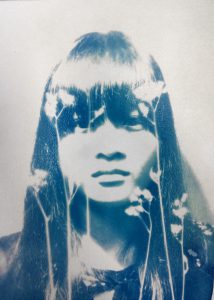
GIVE ME BACK MY BABY is my approach on re-looking at the trope of female ghost in Asian Horror films, by portraying the frequently used characteristics of the female ghosts in a new light, showing their roles as empowerment despite the negative connotation and celebrating their womanly ability to reproduce.
The work is inspired by the research that looked into the reason behind the frequent occurrence of vengeful female ghost in Asian myth and folklore
More details in my previous research post:
The different visuals are timelapse of either ink spread on wet paper or fruits being squashed between glass panels, the fruits are placed above the light source to get the desired translucency.
The earlier attempt of such method is recorded in my process post:
Here are some of the female ghost features that are portrayed in the video.
Black hair
Blood
Lips
Teeth
Hips and the female genital
The blueberry bursting with the seeds form an ambiguous visual to suggest the process of childbirth

And finally the work on the media wall:
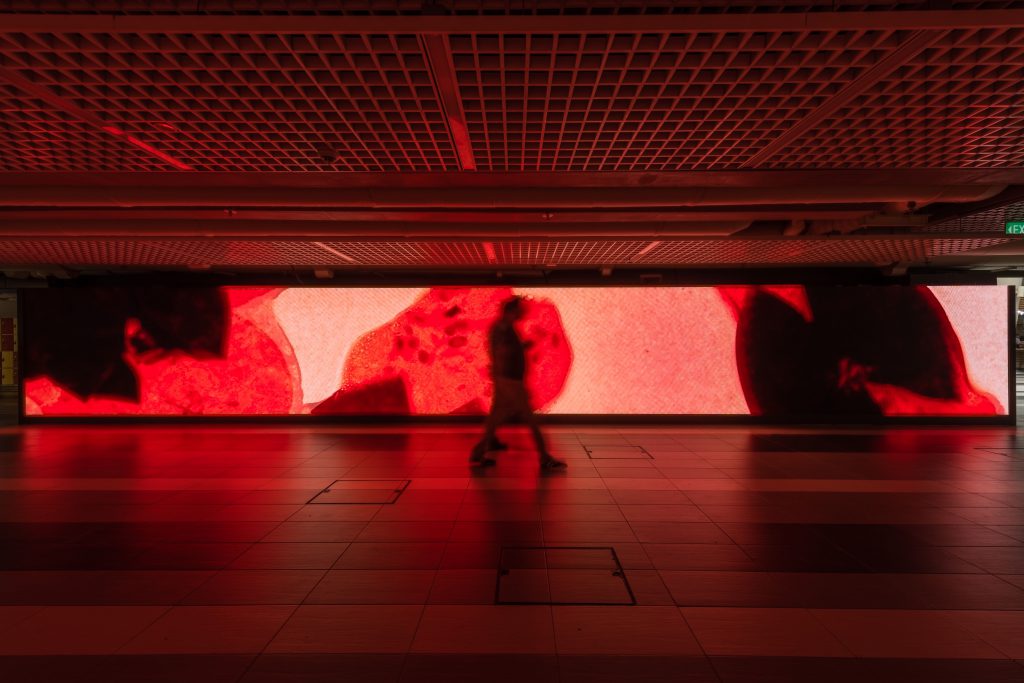
GIVE ME BACK MY BABY , MAN NTU LED, 15m by 2m, North Spine Plaza NTU Singapore 2017, Photographed by Solomon Quek Jia Liang
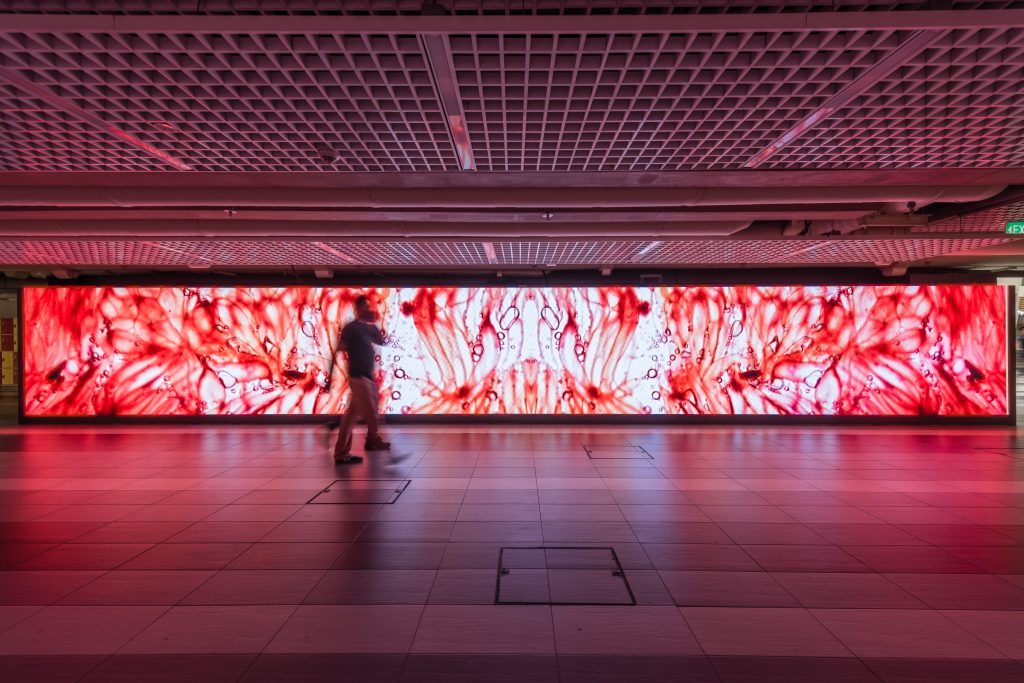
GIVE ME BACK MY BABY , MAN NTU LED, 15m by 2m, North Spine Plaza NTU Singapore 2017, Photographed by Solomon Quek Jia Liang
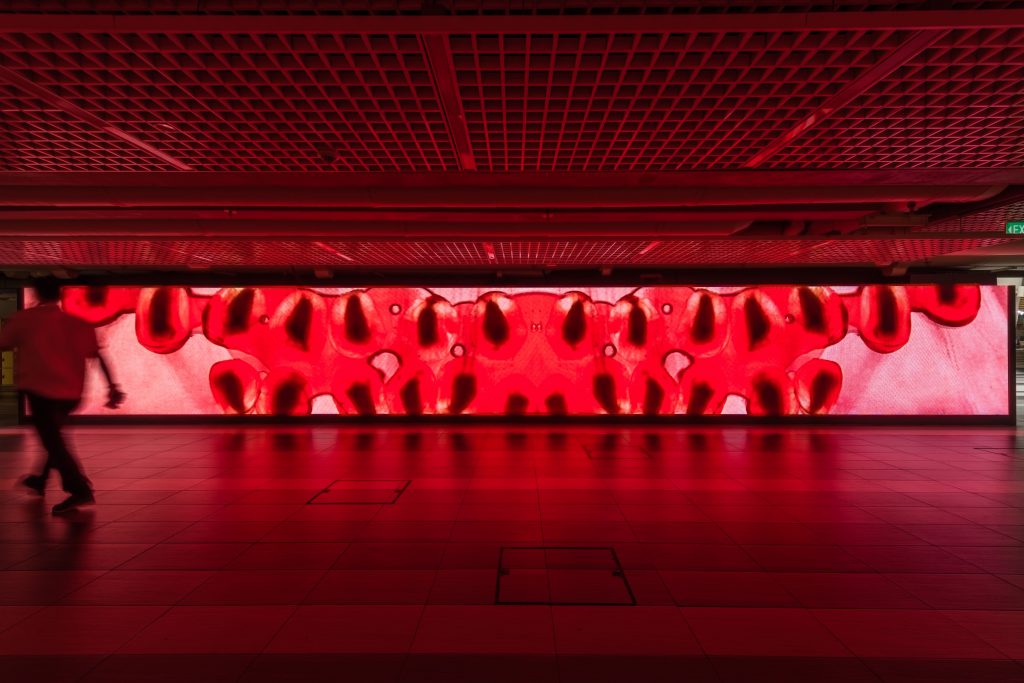
GIVE ME BACK MY BABY , MAN NTU LED, 15m by 2m, North Spine Plaza NTU Singapore 2017, Photographed by Solomon Quek Jia Liang
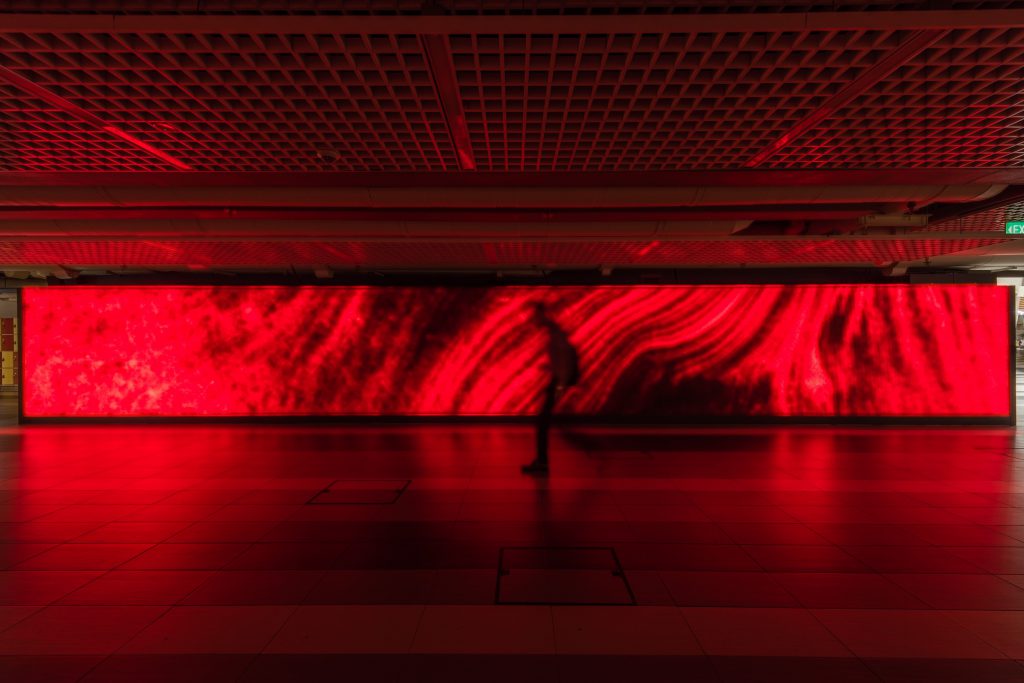
GIVE ME BACK MY BABY , MAN NTU LED, 15m by 2m, North Spine Plaza NTU Singapore 2017, Photographed by Solomon Quek Jia Liang
